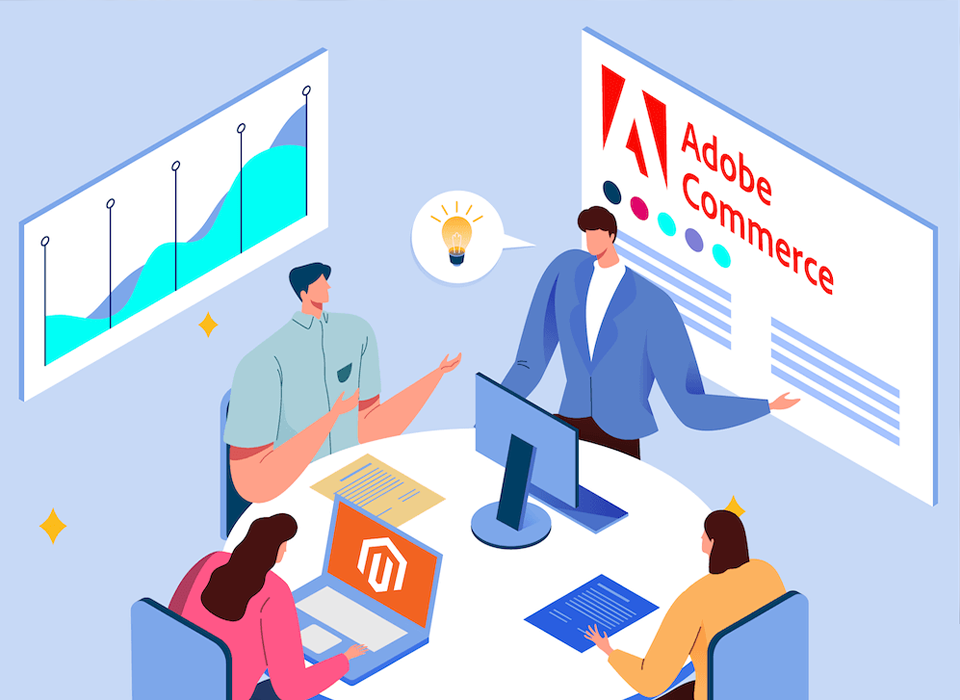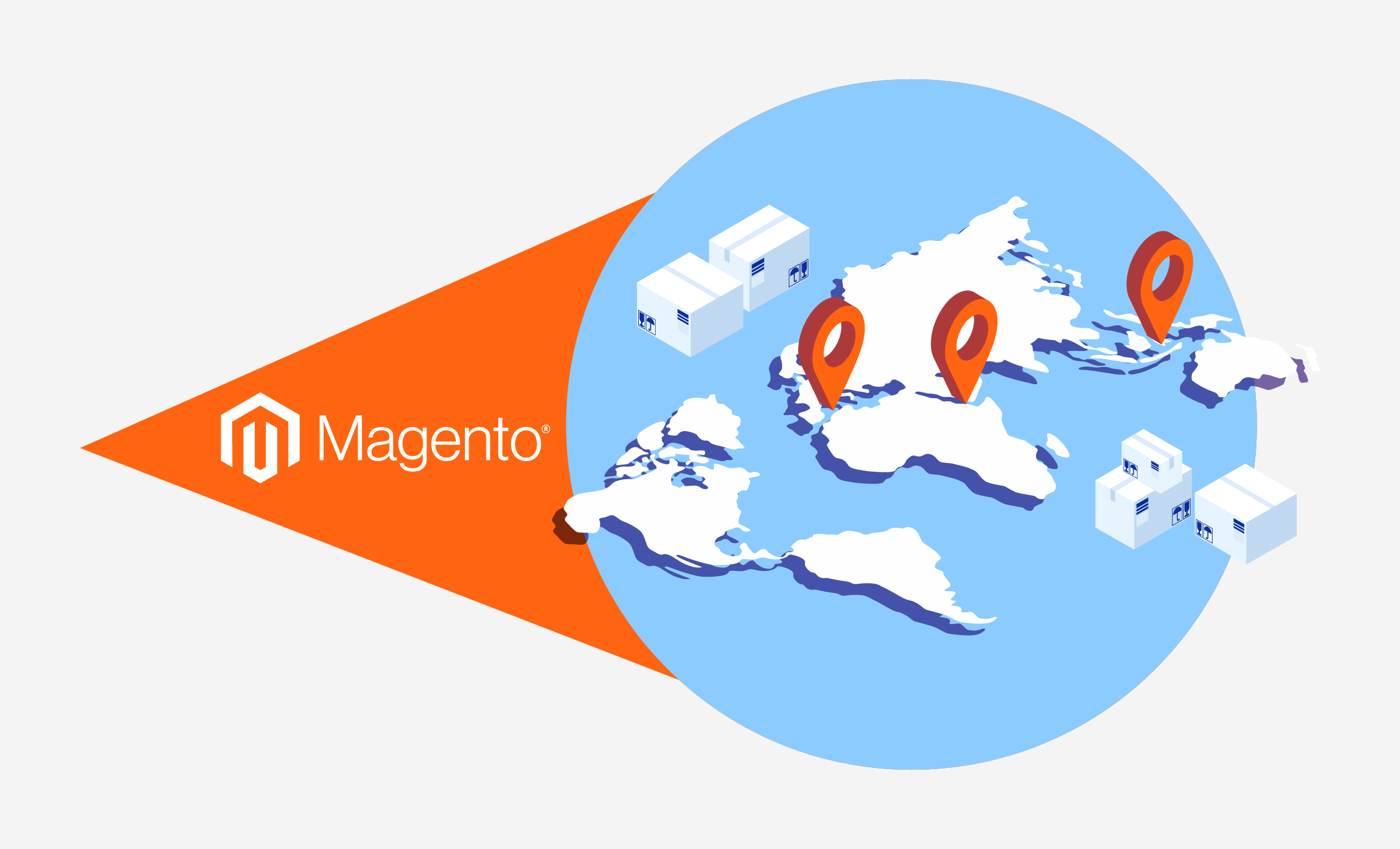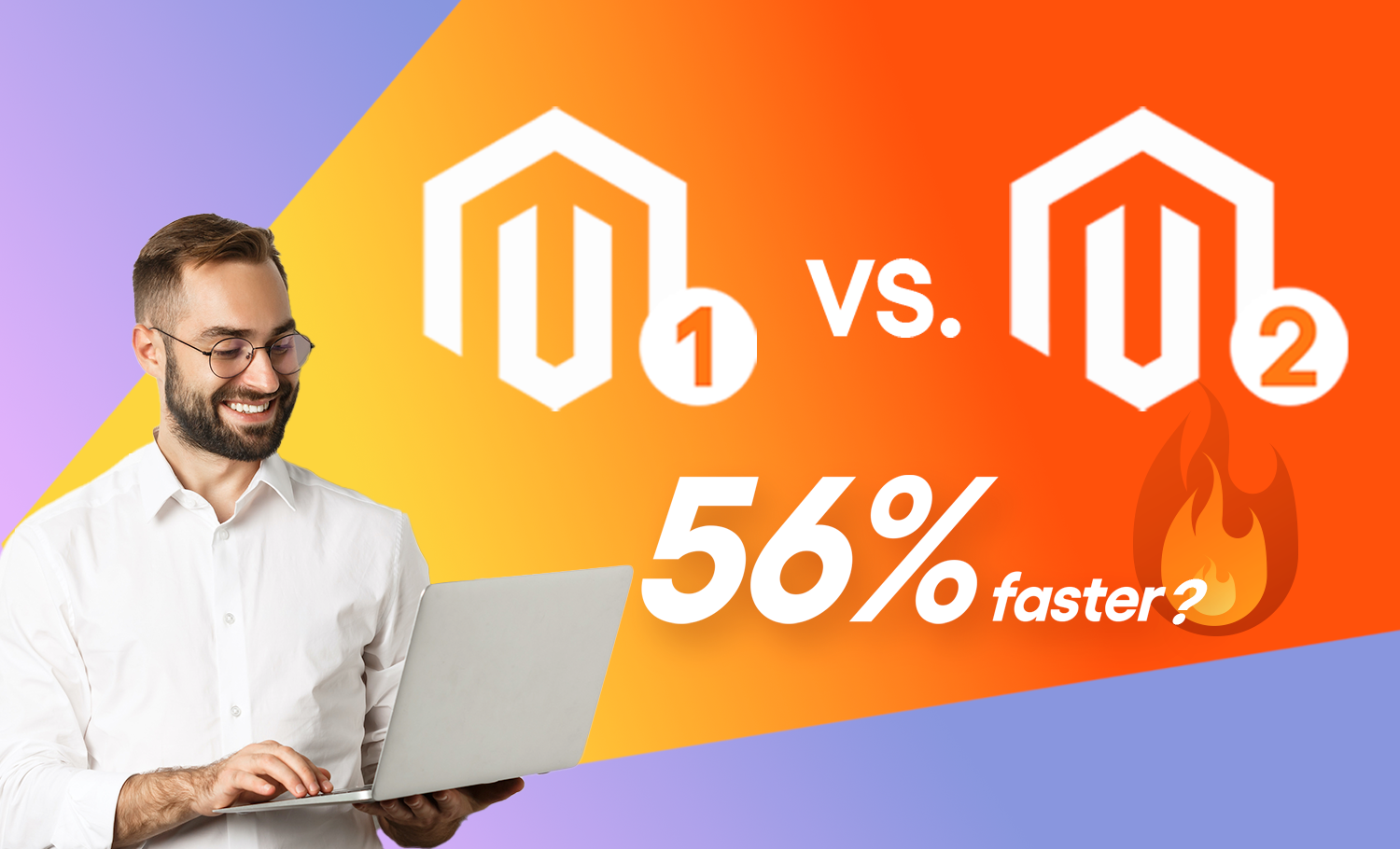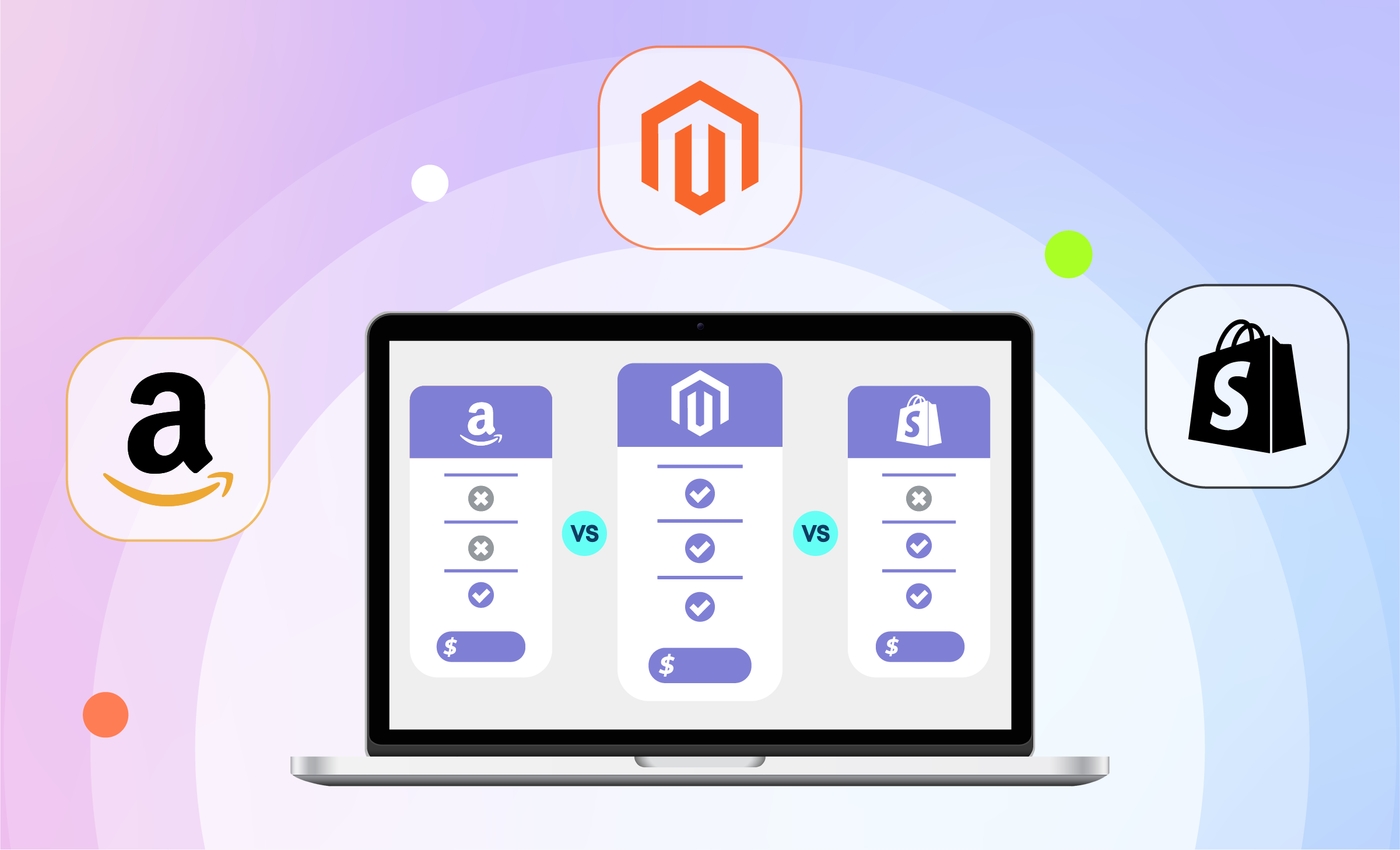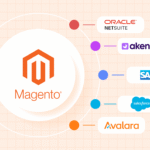Although migrating to Magento 2 will provide a qualitative leap for eCommerce in terms of performance, functionality, and security, the complexity and certain risks of the migration process itself are issues that many companies are concerned about.
For the key steps of Magento system migration, you can read our guide on How to Upgrade to Magento 2 (from Magento 1)Migrating to Magento 2 from Magento 1 may seem daunting. Make sure to follow these key steps and precautions when tackling the move.How to Upgrade to Magento 2.
During the Magento system migration, data loss, plugin incompatibility, and performance degradation are valid concerns for many brands, as well as whether the company loses more than it gains in the migration project. In this article, TMO will detail common problems and solutions in Magento migration projects, covering everything from data migration, plugin compatibility, and performance optimization to security and SEO, to help ensure your Magento upgrade process is smooth and efficient.
For a cost breakdown of a Magento 2 migration project, make sure to read: What is the True Cost of Migrating from Magento 1 to Magento 2?From data migration to licenses and other costs, we broke down the costs involved in a Magento 1 to Magento 2 migration project.What is the True Cost of Migrating from Magento 1 to Magento 2?
1. Data Loss and Compatibility issues during Data Migration
Data loss and compatibility issues are common during data migration. This may be caused by data format mismatch, encoding issues, or excessive data volume.
To avoid data loss, it is important to insist that your developer create a comprehensive backup of the existing website data. This backup ensures that your valuable data remains safe even in the event of unexpected problems. Using a professional data migration tool can also help avoid this, such as Adobe's data migration tool designed specifically to migrate data from Magento 1 to Magento 2, ensuring the correct mapping and conversion of data fields. For large amounts of data, it is recommended to migrate in batches and verify after each batch to ensure data consistency.
For data format compatibility issues, use scripts or tools to pre-process and convert the data to ensure that it meets Magento 2 requirements, and perform comprehensive data verification after migration.
2. Compatibility issues between Plugins, Extensions, and Themes
Compatibility issues are a common challenge when migrating from Magento 1 to Magento 2.
Before migrating, make a list of all currently used plugins and extensions for evaluation, and make sure that all important extensions in your Magento 1 store have Magento 2 versions. If not, you will need to find and purchase Magento 2 extensions with similar functionality.
For important features, you also need to consider custom development, which generally requires hiring Magento developers.
It should be noted that Magento 1 themes cannot be directly migrated to Magento 2. You need to redesign or purchase a new theme. A relatively simple and budget-friendly way is to purchase a ready-made theme. Enterprises can also customize and develop new themes. During the development process, it is important to conduct multiple tests to ensure the compatibility of the theme on different devices and browsers.
3. Problem of decreased website performance
Since Magento 2 involves migrating to an entirely new platform, performance issues may arise during and after the migration, causing your website to load more slowly, which in turn affects user experience and SEO rankings.
Some workarounds for performance-related issues:
| Configuration items | A detailed description |
| Cache Configuration | Enable Magento's cache features, such as full-page cache and Redis cache, to improve loading speed. |
| Optimize images and resources | Use compression tools to optimize image size and reduce page loading time. |
| Database optimization | Regularly clean up redundant database data, optimize database queries, and improve performance. |
| Choosing the right hosting service | Choose a reliable hosting provider with sufficient server resources. |
| Load Balancing | For high-traffic websites, use load balancing technology to distribute server pressure and improve overall performance. |
| CDN Acceleration | Use a content delivery network (CDN) to distribute static resources to servers around the world to increase access speed. |
| Perform migrations during off-peak hours | By migrating during a time of minimal customer traffic, disruption to your online sales can be significantly reduced, allowing the migration team to focus on optimization. |
4. Security Issues
E-commerce websites are often targeted by hackers because they hold a large number of customers’ financial and personal details. During Magento migration, businesses may face the risk of data breaches and attacks. The new system may also have unknown vulnerabilities, increasing security risks. Some common security issues include customer information leakage, malicious redirection, leakage of credit card and payment details, store vandalism, etc.
To avoid these risks, encrypting sensitive data during the migration process helps ensure data security. At the same time, you should ensure that strict access controls are set up to ensure that only authorized personnel can perform migration operations. A comprehensive security audit should also be conducted before and after the migration.
Regularly check and update Magento security patches ( Magento 1 security patches have stopped updating, which is also an important reason why many of our customers choose to upgrade to Magento 2 as soon as possible ) so that your company can fix known vulnerabilities in a timely manner. Using Magento security plugins, such as Security Suite, and setting up a security monitoring system can help protect your e-commerce site.
As an Adobe-certified solution partner, TMO provides professional Adobe Commerce (Magento) Implementation Services, effectively controlling the risks in Magento implementation and achieving a smooth migration.
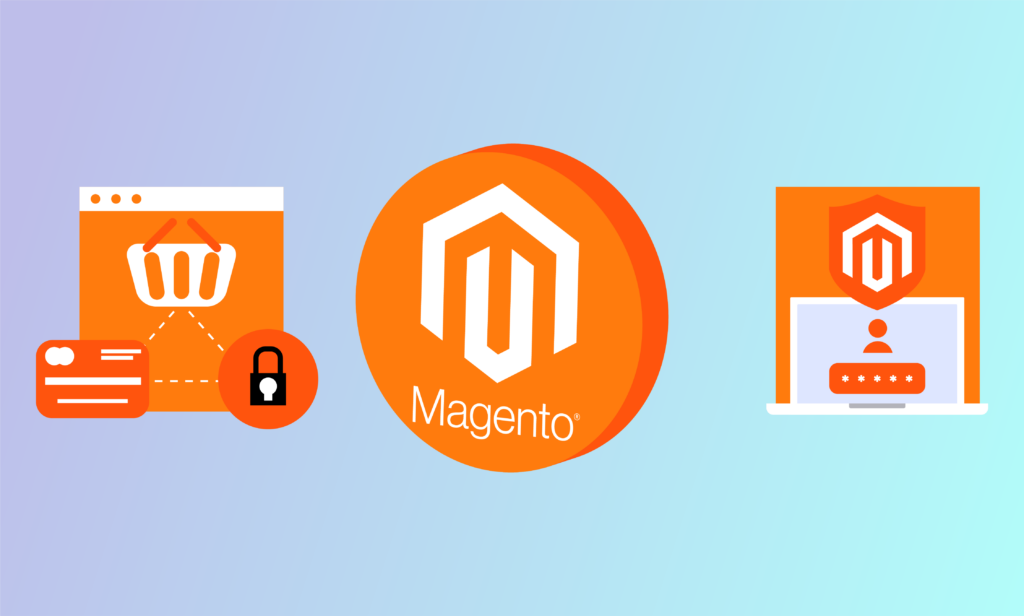
5. SEO: Organic Traffic Drop after Magento migration
After migrating to the Magento 2 system, changes in your website’s structure and URLs may cause your SEO rankings to drop, and traffic disruptions during the migration period may also have a negative impact on your SEO score. In addition, if the content of your new eCommerce website is very different from the old one, search engines may need time to re-index and adjust rankings.
Some solutions to SEO-related problems:
| Solution | A detailed description |
| 301 Redirect | Set up 301 redirects to redirect old URLs to new URLs to maintain SEO authority. |
| XML sitemap | Update and submit a new XML sitemap to ensure search engines crawl the new pages. |
| Content Optimization | Ensure optimization of website content after migration, including keywords, meta tags, and internal links. |
| Robots.txt Configuration | Check and configure your Robots.txt file to ensure search engines can crawl and index your pages correctly. |
| Search Engine Submission | Actively submit new websites to search engines to improve indexing speed and effectiveness. |
6. User Experience issues
After the migration, the new user interface may not conform to the habits of old users, affecting the user experience. In addition, the updated website system generally has more functions, which may be more complicated for users to adapt to and use.
To address these issues, we can take the following solutions:
First, it is very important to conduct extensive user testing before going online. By collecting a large amount of feedback information, the system functions and interface can be optimized to reduce users' discomfort with the updated website system. Enterprises can also provide detailed user guides to help users familiarize themselves with new functions.
Simplifying the use of key functions can also improve the convenience of user operation. For example, for common shopping processes, companies can reduce unnecessary steps so that users can complete the purchase with just a few clicks.
Secondly, it is also crucial to ensure that the website performs well on different devices and screens. Responsive design can enable users to have a good experience on various devices, thereby improving overall satisfaction. Finally, providing timely online support and help is also an important means to solve user problems and improve satisfaction.
TMO has vas Magento experience building efficient, high-performance and user-friendly eCommerce experiences. Check out our UX Design Services as well WilsonartWilsonart enhances B2B experience with a configurable product catalog and digital showroom built on a headless eCommerce solution with Magento 2 & WordPress.Wilsonart's Magento 2 UX Success Story.
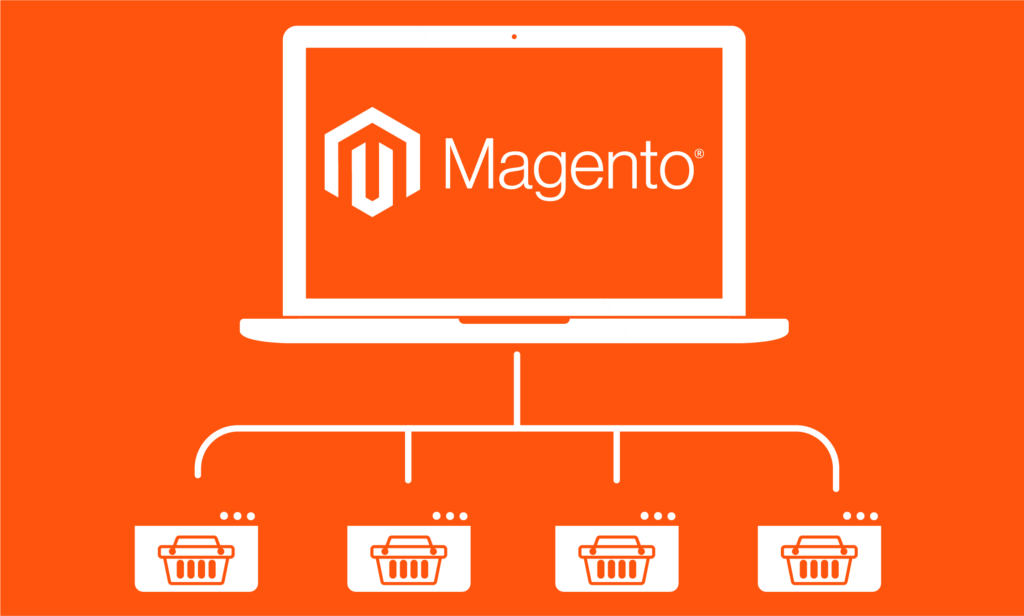
Minimizing Magento 2 Upgrade Risks
Although migration to Magento 2 may be challenging, the long-term value it brings is enormous, including significant performance improvements and new functional modules, more efficient caching mechanisms, optimized database queries, and more secure code architecture, ensuring that your website can handle higher traffic and order volumes, and improve overall operational efficiency.
Magento 2 Migration: How to Prepare your Team as a Project LeadTips and key steps project managers can take to align internal teams, prevent scope creep, and keep a Magento 2 project on time and budget.Helping your Team prepare for a Magento Upgrade is a critical step in risk reduction.
Magento migration involves many of the issues mentioned above, but if you understand and prepare early, and cooperate with the guidance of a professional team when necessary, your company can successfully complete the migration, give full play to the advantages of Magento 2, and provide users with an excellent e-commerce experience.
As an Adobe-certified solution partner, TMO provides professional Adobe Commerce (Magento) Implementation Services, with rich experience and a professional team. We understand the uniqueness of each migration project and can tailor the best solution for you.
If you have any questions about Magento migration or need further consultation, please do not hesitate to contact us to start a smooth transition from Magento 1 to Magento 2!


